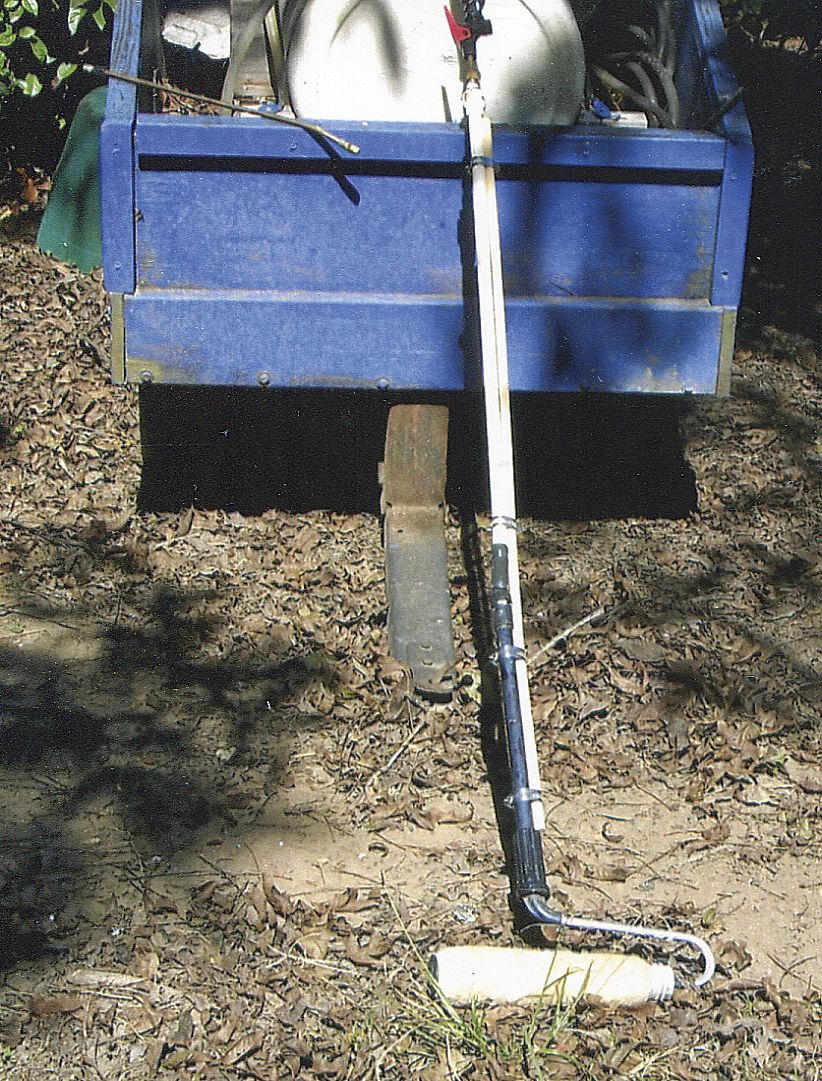I think you may be over thinking it. First, use a herbicide that is less susceptible to volitization. Dicamba (as in Dianat, Banvel, Diablo, Oracle and Vanquish) is the probably worst for volitization, and aminopyralid (i.e. Milestone) may be one of the best, and 2-4d is in the middle (although the least effective). A product called "GrazonNext" is a combination of aminopyralid and 2-4d that is effective for most broad leaf weeds and not overly susceptible to volitization.
Set up a sprayer to use very low pressure, and make sure that large droplets are coming out the nozzle. This reduces drift immensely. Do not over apply. If you don't over atomize, fairly strong winds aren't as much of a problem as you might think. However if you atomize the fluid significantly, it can be a big problem.
Finally, spray when it is cool, and is going to stay cool for several hours after you spray to minimize volitization. A slight wind is actually better than no wind when it comes to minimizing the effects volitization.
If you pay attention to these things you can spray right up to a flower bed with no ill results. It is a whole lot easier and more effective than wick or drip application (both of which are still subject to volitization).
The two types of 2-4d are amine based and ester based. Most for sale are amine based and is the least susceptible to volitization. Ester based is usually a little more effective but should be used in colder weather as it is more susceptible to volitization. (actually all herbicides can be made with either base).
Please note that volitization and drift are two different issues that cause chemicals to go where they aren't wanted. Drift is when the wind carries the chemical in droplet form to an area not wishing to be sprayed. Volitization is when the chemical evaporates and is carried without moisture to an area not desired to be sprayed. Drift is a wind issue. Volitization is a temperature issue.
Your concern seems to primarily be drift.



